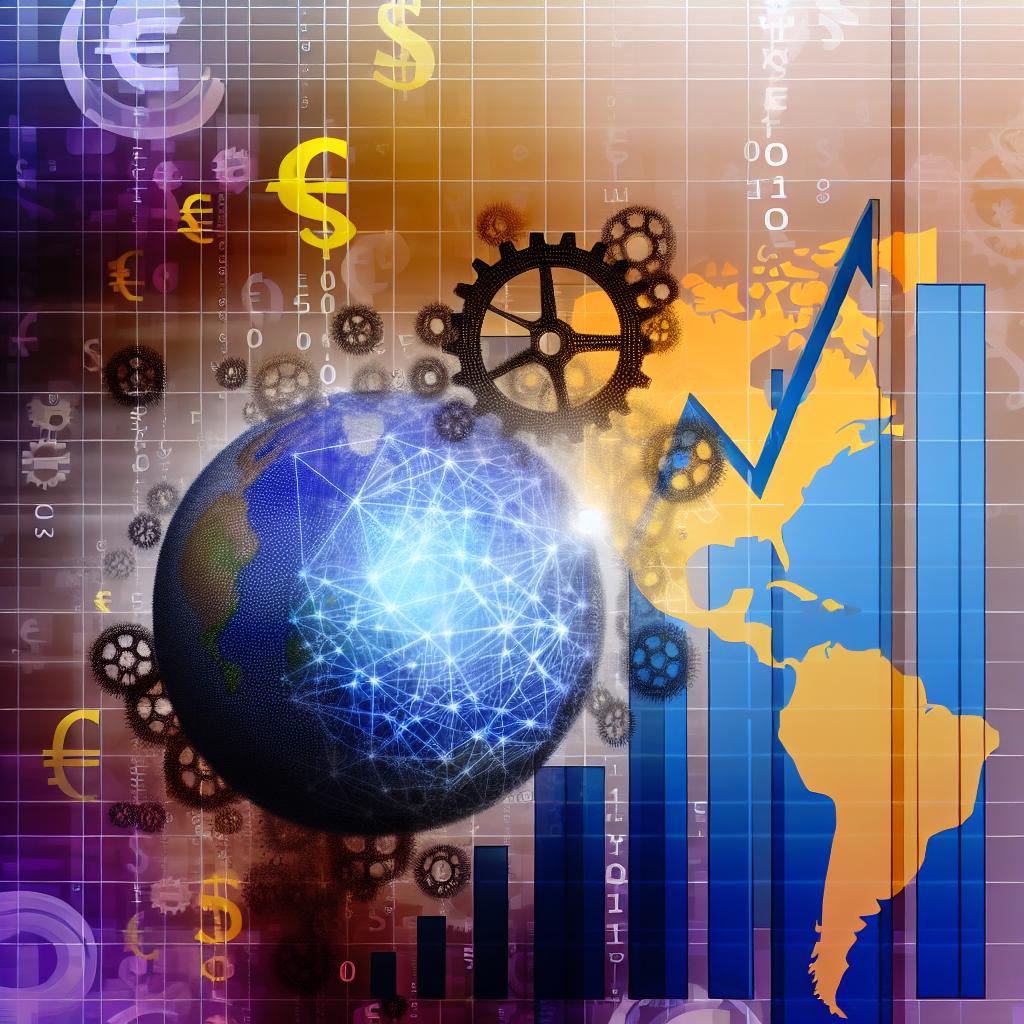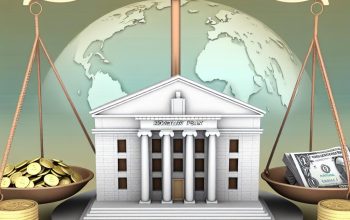The Role of Trade in Global Macroeconomics
Trade has long been a cornerstone in the architecture of global macroeconomic frameworks. As nations engage in the exchange of goods and services, this activity not only fosters economic growth but also alters the economic stance of both involved and bystander countries. The scale of this impact pivots on elements such as trade policies, comparative advantage, and geopolitical dynamics.
Economic Growth through Trade
Trade contributes significantly to economic vitality by expanding markets beyond domestic borders. When countries export goods, they boost domestic production, which can lead to higher GDP growth. Importantly, imports bring the benefit of diverse products and services that may not be otherwise available or affordable. These dynamics create a ripple effect across supply chains, fostering job creation and technological innovation.
When a country opens its markets to international trade, local businesses gain access to a larger customer base, which can significantly scale up production. Export-driven economic models create a robust industrial environment that demands increased workforce engagement, leading to the creation of new jobs. Besides, these models often encourage local businesses to adhere to international standards, thereby improving the quality of goods and services.
Imports also enrich the domestic market by introducing novel products that might not be produced locally. This influx of foreign goods creates competitive pressure that compels domestic producers to innovate and improve efficiency. Moreover, consumers experience a wider variety of choices, often at lower prices, which enhances their overall quality of life. The infusion of different cultures and ideas sparked by such international exchanges can, in turn, lead to the innovation of entirely new products.
Trade Policies and Economic Stability
The nature of trade policies—ranging from free trade to protectionism—plays a critical role in determining how effectively trade can enhance economic stability. Free trade agreements aim to reduce barriers, allowing for the smooth flow of goods and services. In contrast, protectionist measures, like tariffs and quotas, can restrict this flow, impacting domestic prices and potentially leading to trade wars. Policymakers must balance these dynamics to optimize economic outcomes.
Free trade agreements, when effectively structured, can lead to significant economic growth by encouraging investments, agility, and adaptation in quickly shifting markets. They promote efficiency and productivity, providing an impetus for developing industries and technological advancement. However, there’s a necessity for these agreements to be inclusive and mindful of national economic priorities to ensure equitable growth.
Protectionism, on the other hand, serves as a mechanism to shield nascent industries from international competition until they are mature enough to compete globally. While there’s an argument for temporary protectionism as a strategy for emerging markets, long-term implementation might lead to inefficiencies and an artificially inflated sense of economic stability. Policymakers face the critical task of precisely calibrating these policies to promote sustainable economic expansion.
Comparative Advantage
The theory of comparative advantage remains a fundamental concept in understanding trade patterns. By specializing in the production of goods where they have a lower opportunity cost, countries can trade efficiently with others, optimizing resource allocation globally. This principle not only maximizes productivity but also encourages innovation and diversification.
Comparative advantage supports the notion that even if a nation holds absolute efficiency in producing all goods, it stands to gain from specializing in goods it can produce more efficiently relative to others. The resulting international trade allows all participating countries to experience lower opportunity costs relative to domestic production. Specialization incentivizes industries to innovate and improve processes, fostering a dynamic environment where growth is achieved through improved knowledge and enhanced capabilities.
This specialization often necessitates economic transformation across sectors. As countries expand in those industries where they hold a comparative advantage, resources including labor and capital are redirected, impacting various economic facets. This adaptability is crucial, as enriched sectors potentially enhance a nation’s economic resilience while encouraging a climate that nurtures new initiatives.
Impact on Employment
Global trade influences employment in multifaceted ways. While it often leads to job creation in export industries, it can also shift labor demand, potentially resulting in job losses in certain sectors. Workforce adaptation through upskilling and reskilling is crucial to mitigate adverse effects and ensure economic resilience.
For instance, a country might see employment growth in sectors where it holds a comparative advantage and increases exports due to international demand. However, industries that face stiff competition from imported goods might experience downturns. Such shifts demand careful planning and policy interventions to provide for retraining and redeployment of workers into expanding industries.
Labor market flexibility is another factor facilitated by trade. The movement of labor towards high-demand sectors encourages effective distribution of human capital and supports economic adaptation during periods of rapid industrial change. Policymakers play a pivotal role in ensuring that labor market transitions are smooth, with adequate safeguards and platforms for continual learning and development.
Challenges of Globalization
While globalization widens trade possibilities, it also introduces challenges. Economic interdependence can lead to volatility; for instance, economic downturns in one region can swiftly impact global markets. Moreover, disparities between nations can exacerbate inequality, presenting additional hurdles in inclusive economic development.
The closely interlinked global economy means that economic shocks can transcend borders rapidly, impacting supply chains and economic stability worldwide. Globalization also heightens competitive pressures, compelling industries in various countries to continuously innovate and adapt. In some instances, the gap between developed and developing nations widens, raising issues of socioeconomic inequality.
Addressing these challenges relies on fostering policies that incorporate contingency measures and promote sustainable economic practices. Collaborative international regulations also work towards minimizing adverse impacts, ensuring that the benefits of globalization are evenly distributed and supporting equitable growth worldwide.
For further understanding of trade and globalization’s influence on macroeconomics, you may explore resources from institutions such as the International Monetary Fund (IMF) or delve into analyses by the World Bank. These sources provide comprehensive insights into how trade dynamics shape the global economic landscape.
This article was last updated on: April 7, 2025




